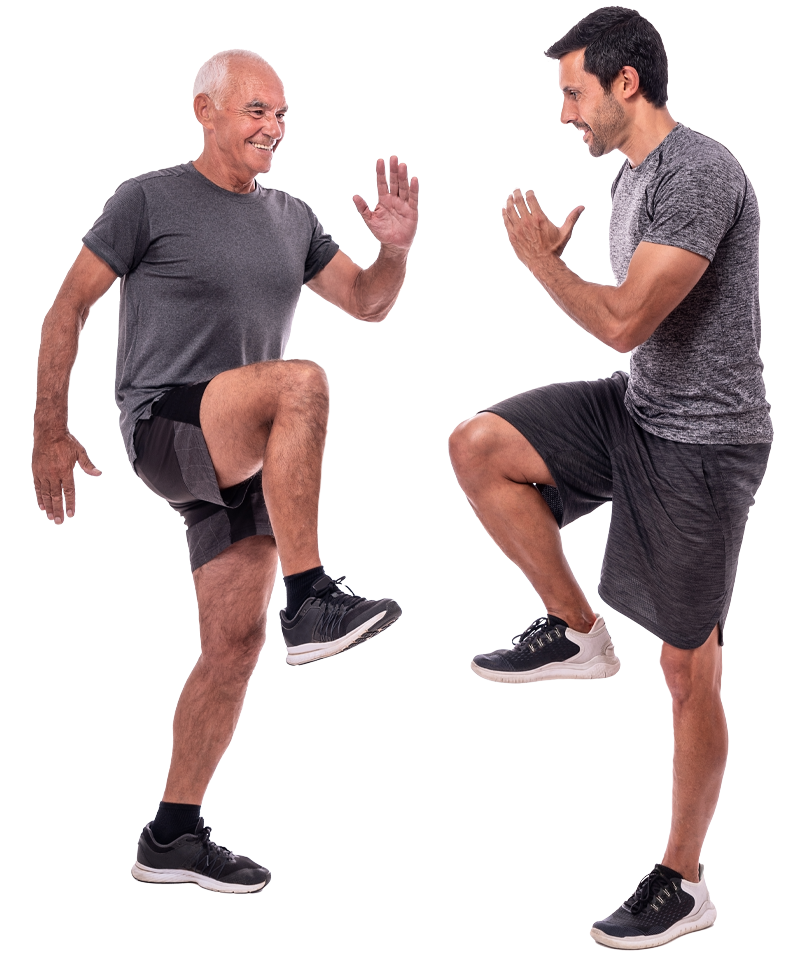
No Referral Necessary. Request an Appointment Today!
Since 1996, Advent Physical Therapy has provided quality care, positive outcomes, and exceptional customer service.
We are orthopedic specialists using evidence-based manual therapy and therapeutic exercise with a focus on long-term independence and pain-free function.
Every patient is unique, so your treatment should be too. We would love to show you the difference. We are highly trained, motivated, and passionate about what we do.